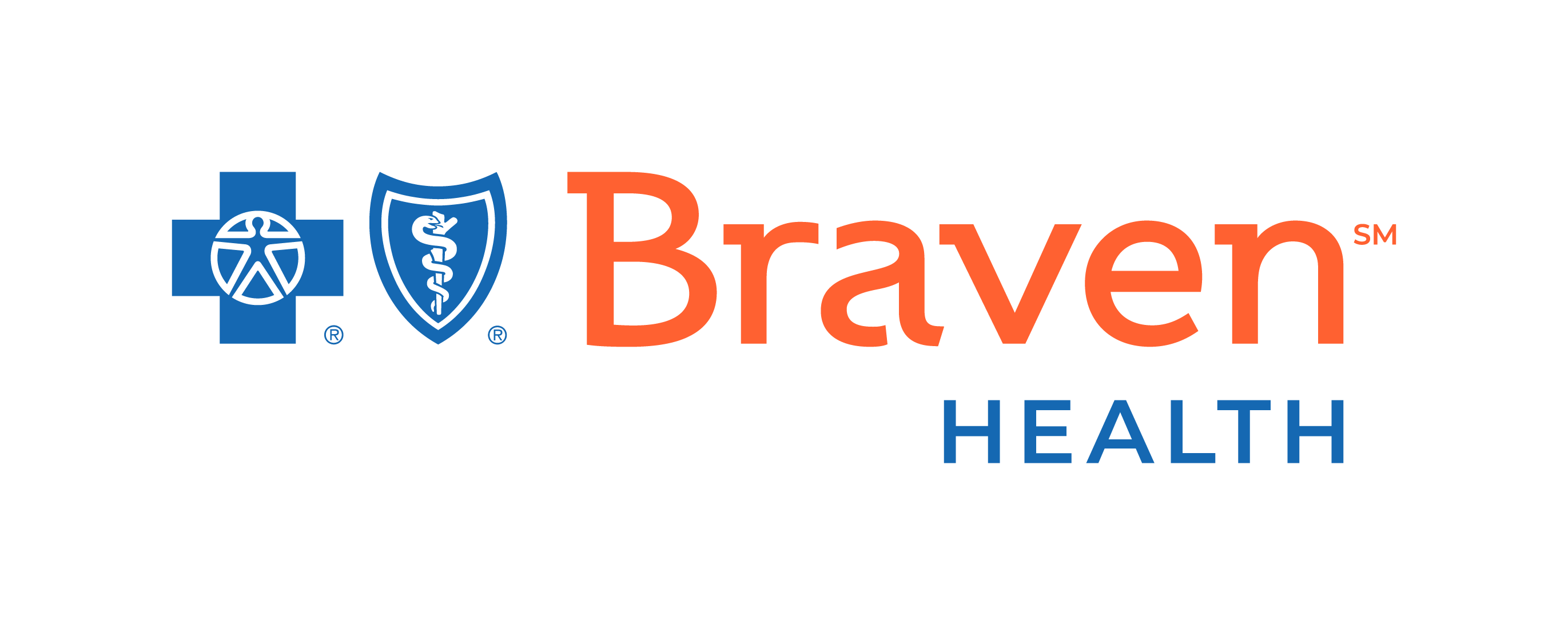Getting the Right Care
Annual Wellness Visits
Getting the right care starts with an annual wellness visit with your Primary Care Physician (PCP). During this visit, your PCP will talk to you about your:
- Blood pressure
- Cholesterol
- Body mass index (BMI)
- Risk of falling
- Needed preventive health screenings and vaccinations
An annual wellness visit is a covered benefit, at no cost to you.
Emergency Room Visit vs. Urgent Care Visit
Is It a Medical Emergency?
Some medical conditions are emergencies. They need very quick treatment that may only be available in a hospital and not getting treatment could put your health in serious danger.
If you experience any of these emergency situations, go to the nearest Emergency Room (ER) or call 911:
- Bleeding that cannot be stopped
- Broken bones
- Chest pain
- Drug overdose
- Fainting or dizziness
- Problems breathing, moving or speaking
- Sudden numbness or weakness
- Thoughts of hurting yourself or others
If your symptoms come on slowly or you are unsure if it’s a medical emergency, call your PCP. Your PCP will tell you what to do.
Sometimes Urgent Care Is the Right Care
Your PCP should be your first call in a non-emergency medical situation. Sometimes you need care right away and your PCP is not available, like on the weekend or when you’re traveling. If your illness or injury is not life threatening, an urgent care center may be the right choice. The wait time is usually shorter than the ER.
Urgent care centers can treat:
- Coughs, colds and sore throats
- Cuts that require stitches
- Ear infections
- Fever and flu-like symptoms
- Skin irritations and rashes
- Sprains, strains and fractures
- Urinary tract infections
You should visit your PCP within 7 days after an ER visit or coming home from a hospital stay.
You may be able to schedule this follow-up visit as a telephone or video call, so ask your PCP if that is an option. If you’re too sick to call, ask a family member or friend to call for you.



